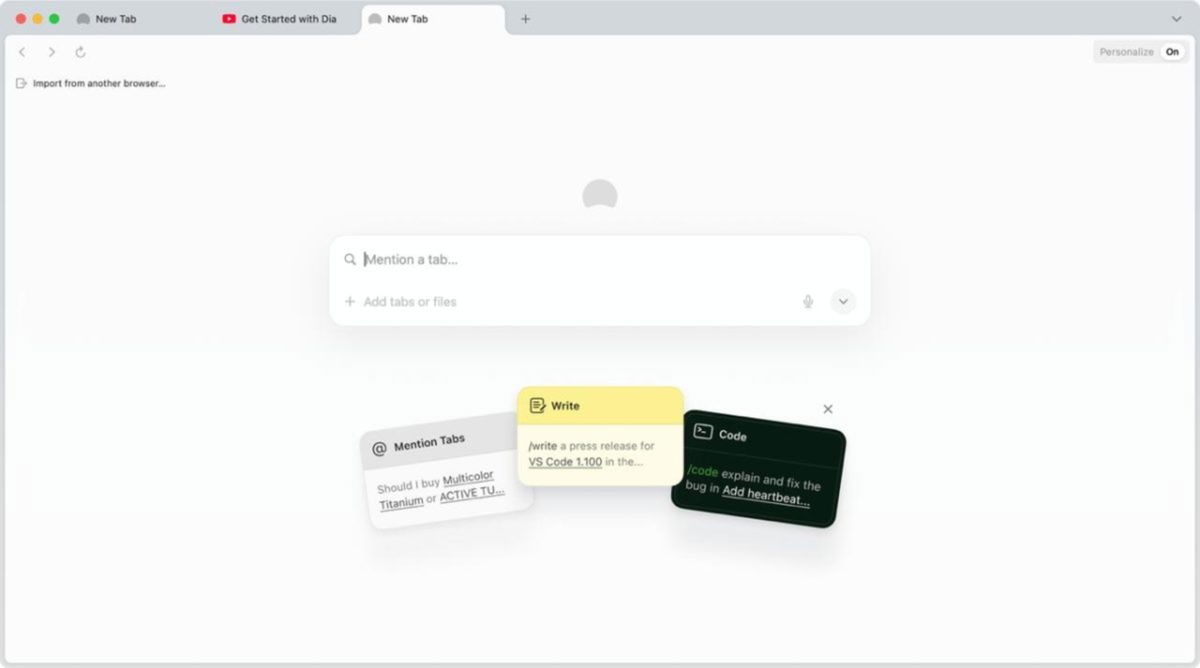Analysts suggest that by the end of the first quarter, the dollar will be traded between 68.2-71.8 rubles, the euro – 75-82 rubles and the yuan – 10.3-11.2 rubles.
Sovcombank noted that the exchange rate is mainly affected by the ratio between the foreign exchange supply from exports and the foreign exchange demand. It is possible that the January tax period will still support the ruble. Russian companies must pay taxes and insurance premiums by January 30.
As for the reasons for the depreciation of the national currency, the ruble may come under pressure due to the entry into force of the EU embargo on Russian oil products in February. The central bank’s actions to sell the yuan are not helping much, although they are helping to soften volatility.
As PSB chief analyst Yegor Zhilnikov points out, the depreciation of the national currency may become more pronounced if the geopolitical situation worsens.
Source: Ferra










